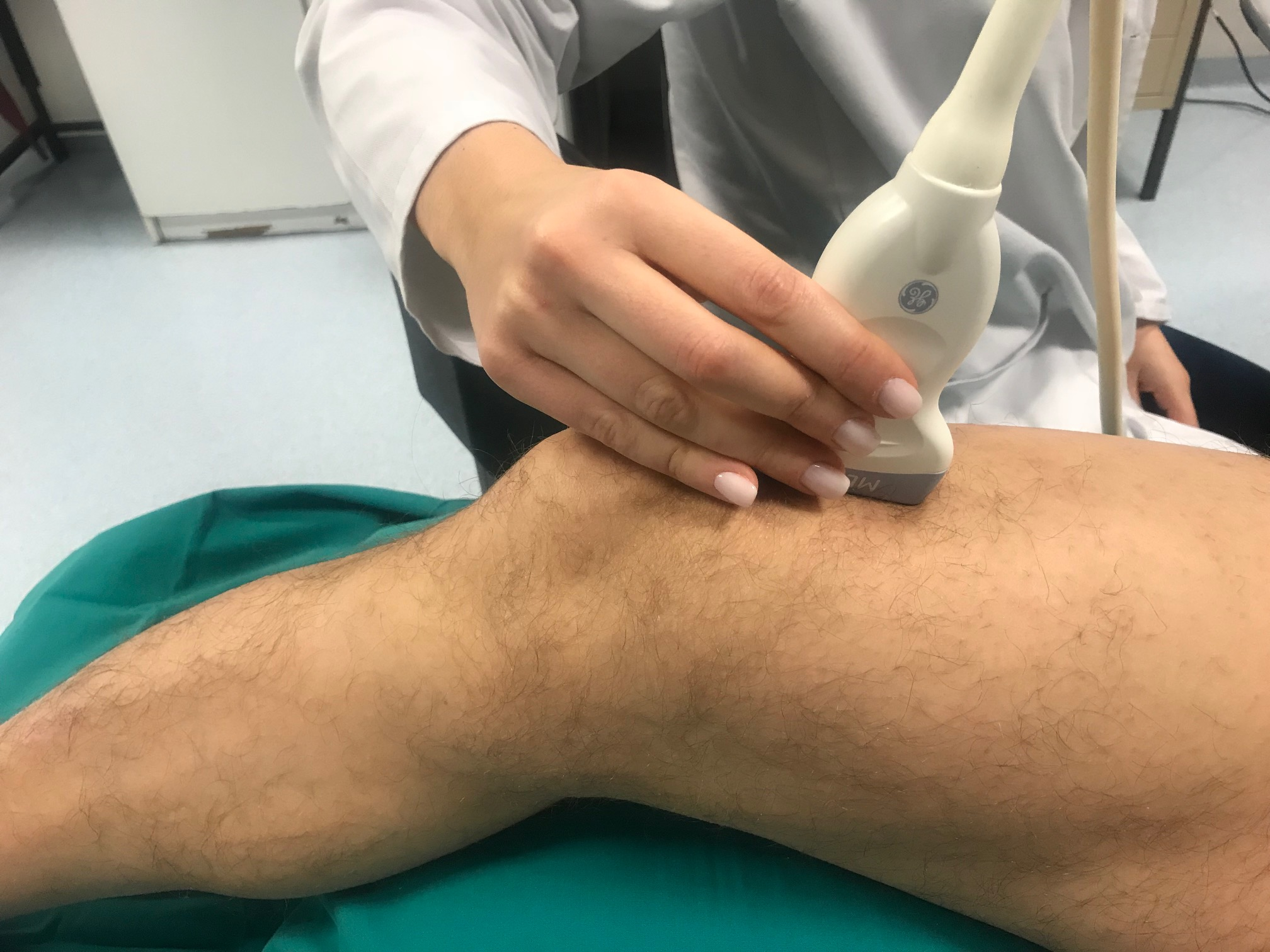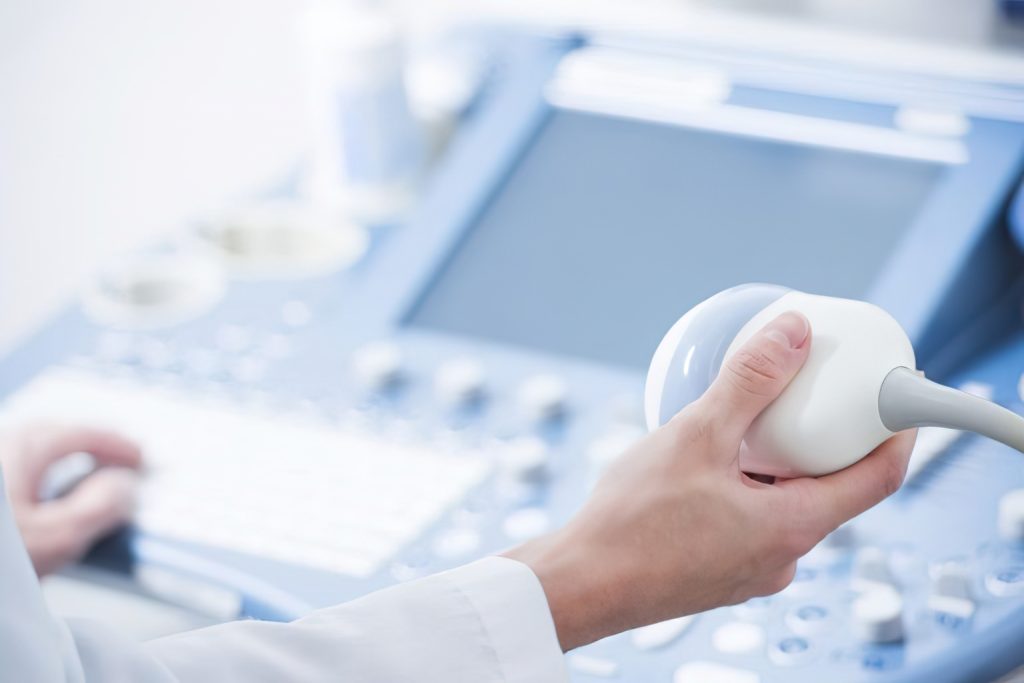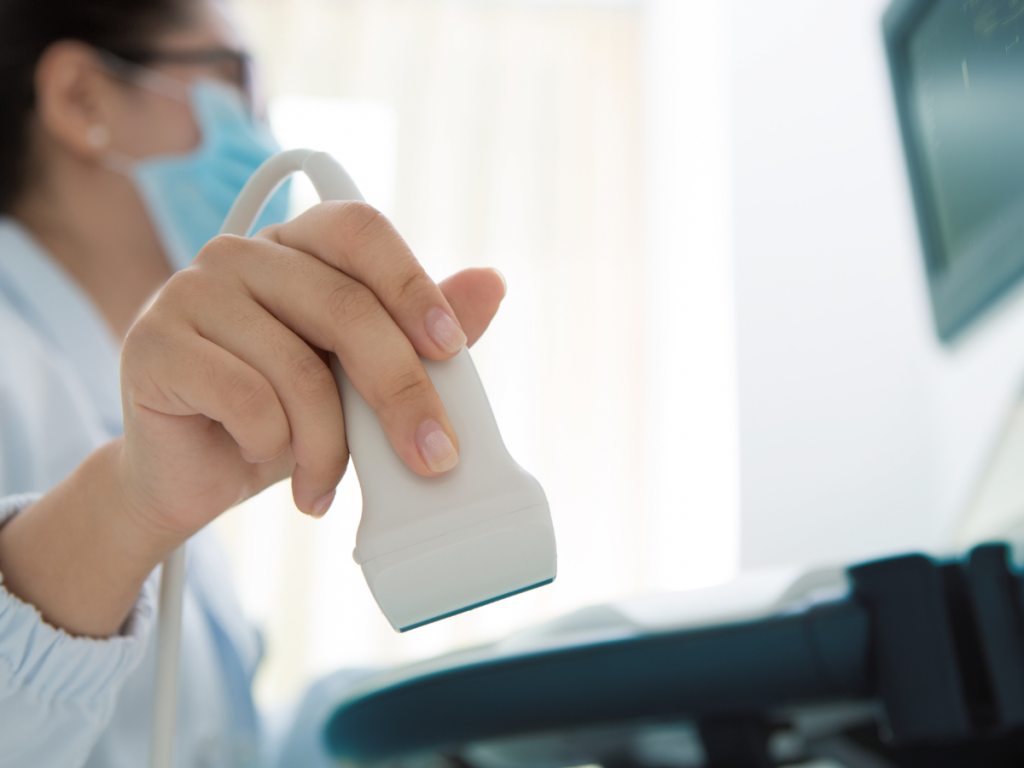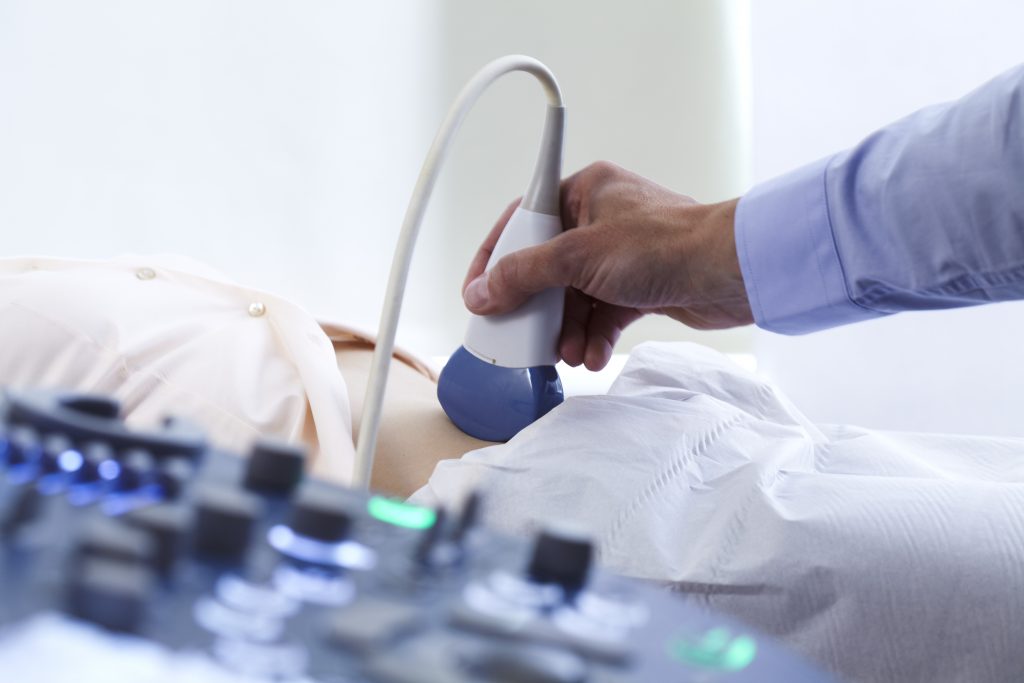Everyone wants to live a quality life which is possible when you take care of your overall health. Your bones and joints play a significant role as they help to move you around wherever you want. But it is a nightmare to experience inflammation and pain in your knees that can limit your movements.
Learning about the causing factor can help to deal with knee pain. You can diagnose using different imaging tests. A Knee Ultrasound is the best way to see soft tissues around joints and bones.
In this article, we will help you learn how you can diagnose the causing factor of knee pain.
What are the Causes of Knee Pain?
An injury or some common problems can lead to sprained ligaments, tendinitis, a runner’s knee, or a meniscus. The following reasons can also cause the knee pain:
Meniscal Tear
When a cartilage is ripped during a knee injury, it causes rough joint edges that lead to pain and swelling. It is one of the most common knee injuries. Athletes are at risk of meniscal tears.
Osteoarthritis
It is a kind of wear and tear type of arthritis. People over age 50 are at risk of developing osteoarthritis. It causes swelling and aches when a person is active.
Patellar Tendinitis
Having inflammation in the tendon connecting the kneecap to the shinbone. Overdoing exercise can cause your tendons to swell and sore. It is also referred to as Jumper’s Knee. Performing knee ultrasound is beneficial for surgical planning of tendinopathy, according to NCBI.
Bursitis
It is an inflammation of the Bursae. A bursa is a sac that contains a small amount of fluid under the skin above your skin. Multiple reasons can irritate the bursa on your kneecap, which brings on different symptoms, such as swelling and pain.
Dislocated Kneecap
It is a condition when your kneecap slides out of the position and causes dislocation of your kneecap. This condition leads to swelling and pain.
IT Band Syndrome
The iliotibial band is a longitudinal fibrous sheath that runs along the lateral thigh or hips. Overdoing an activity of the knee can cause pain on the outer side of the knee. Going downhill can also lead to this condition.
Osgood-Schlatter Disease
People at a young age are at risk of Osgood-Schlatter disease. It happens when your bones in the knees and other body parts are still changing.
Patellofemoral Pain Syndrome
Multiple bone or muscle-related conditions can cause patellofemoral pain syndrome. These conditions include alignment problems, muscle imbalance, muscle tightness, etc.
What are the Primary Steps You Should Follow If You Have Knee Pain?
If You experience a knee injury, it brings on mild to moderate symptoms. You can take a few necessary steps that you can help to reduce the appearance of symptoms, such as:
Take Rest: Overdoing or repeating movement of your knee may cause knee pain. Giving rest to your knee for a while can help.
Use Compression: Multiple joints elastic bandage, sleeves, and straps are available in the market that wraps your joints. They are used for reducing swelling and giving support.
Elevate Knee: You can use a pillow under the heel when you are lying down as it reduces the swelling.
Take Nonsteroidal Anti-inflammatory Drugs (NSAIDs): Taking NSAIDs can help to prevent pain and swelling. You need to discuss this with your doctor before taking these medicines. Having an underlying condition increases health concerns.
How an Ultrasound Helps to Detect Causing Factor of Knee Pain?
The symptoms along with knee pain may require multiple diagnostic tests. An ultrasound is beneficial to see superficial soft tissue structures around your knee. It gives dynamic imaging results that help professionals get a detailed view and find the knee pain-causing factor. It also allows them to determine any loose cartilage that is causing knee pain.
How to Perform a Knee Ultrasound?
An ultrasound is performed using a transducer. Your doctor can ask you to place the knee on the desk or on a pillow where your doctor can perform sonography. A gel is applied on the knee to prevent the air between the transducer and skin that can interfere with imaging results. The sound waves enter the body and give a detailed view of soft tissues.
The Bottom Line
Knee ultrasound is an effective diagnostic imaging test that gives real-time imaging results. Pain and swelling in the knee are the symptoms you should seek medical help. An injury and other multiple conditions can cause knee pain. Diagnosing the causing factor can help to get early treatment. An early treatment gives more effective healing results. Make sure you choose a reliable clinic to get your knee ultrasound done. RIZ Ultrasound is a Private knee Ultrasound Scan in Glasgow, where we offer quality sonography services.







